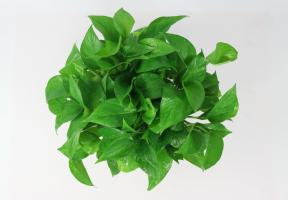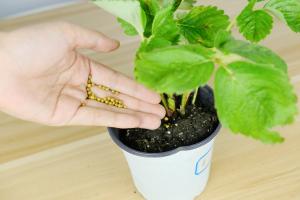Introduction
Planting longleaf pine tree seeds is not only an environmentally friendly activity but also helps to promote biodiversity. Longleaf pine trees have a remarkable ability to support a diverse ecosystem of plants and wildlife. Planting these tree seeds has been a common practice for restoration of native pine ecosystems. In this article, we will discuss how to plant longleaf pine tree seeds.
Collecting Longleaf pine tree seeds
The first step in planting longleaf pine tree seeds is to collect them. Typically, longleaf pine tree cones mature in the fall season. These cones are large, robust and typically weigh a few pounds. The cones ripen over time and undergo natural dehiscence which helps to release seeds from the cone. It is essential to collect cones from the ground as soon as possible after they ripen. Once the cones are collected, they should be kept in a dry and cool place until you are ready to extract the seeds.
Preparing the Longleaf Pine tree seeds for Planting
To prepare longleaf pine tree seeds for planting, a few steps must be followed. The first step is extraction; you need to remove the seeds from the cone. The easiest way to do this is by placing the cones in a container and shaking them vigorously. This will help to release the seeds that are still attached to the cone. Once the seeds are out, remove any non-seed debris such as stems, leaves or pine needles.
Stratifying and Storing Longleaf Pine tree seeds
Once you have collected cleaned longleaf pine seeds, they need to be stratified for a few weeks. Stratification is a natural chilling process, and it can be mimicked by keeping the seeds in a refrigerator for 30 days before planting. Alternatively, you can keep the seeds in a cool and damp environment to prepare them for germination. Ensure that the seed is not exposed to frost or excessive moisture, as this can damage the germination process.
The process of Planting Longleaf Pine tree seeds
To plant longleaf pine tree seeds, the first step is to choose the right location. Longleaf pine typically thrives in areas with sandy, moist soils and full sun. The seeds need to be planted at least ? inches below the soil. Ensure that the soil is well-drained, and if needed, you can add organic amendments to improve the soil condition. Water the newly planted seeds daily, especially in the dry season, to ensure successful germination.
Maintaining the Longleaf Pine tree seedlings
Once the seeds have germinated and have begun to grow, you can transplant them into larger containers or your desired location. After transplantation, the young longleaf pine seedlings will need frequent watering, fertilization and weed control to ensure healthy growth. It is recommended to add a slow-release fertilizer to the soil every year to promote vigorous growth.
Conclusion
Planting longleaf pine tree seeds is an excellent way to help bring back native pine ecosystems while supporting diverse plant and wildlife habitats. The process may require some patience and attention to detail during the early stages, but the rewards of watching your seedlings grow are worth it. We hope this guide has provided you with useful tips on how to plant longleaf pine tree seeds.

 how many times do yo...
how many times do yo... how many planted tre...
how many planted tre... how many pine trees ...
how many pine trees ... how many pecan trees...
how many pecan trees... how many plants comp...
how many plants comp... how many plants can ...
how many plants can ... how many plants and ...
how many plants and ... how many pepper plan...
how many pepper plan...
































